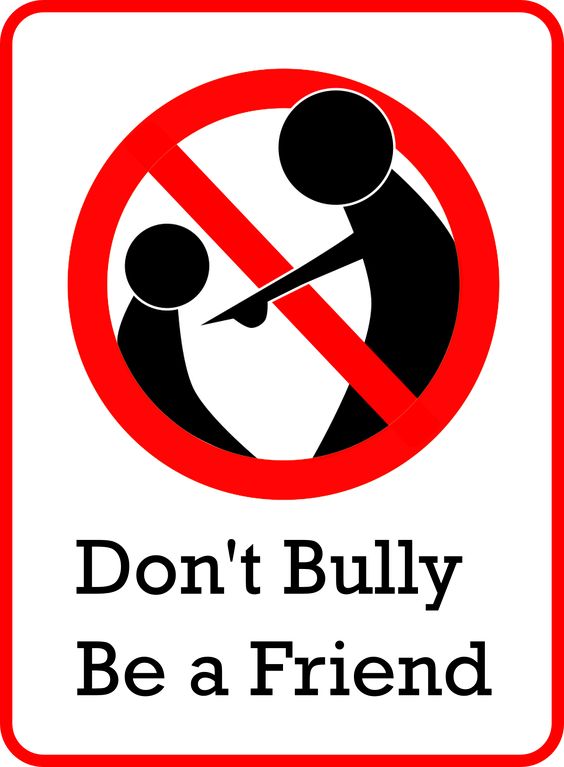Introduction
Understanding bullying is crucial to the development of a healthy and inclusive society. Bullying has become a pervasive issue in our world, taking many forms and occurring across various platforms. It is essential to be aware of bullying and how to counter it, ensuring that everyone has the opportunity to thrive in a safe and supportive environment. This article explores what bullying is, what it isn’t, and how we can work together to create a more compassionate world.
Defining Bullying
Bullying is a repetitive and intentional act of aggression where an individual or a group seeks to inflict harm on another individual who may be vulnerable or have less power. While this behavior can manifest in various ways, it often includes physical violence, verbal insults, or social exclusion. In some cases, bullying can lead to severe emotional and psychological distress for the victim.
What Bullying Is
1. Physical aggression: This involves hitting, pushing, kicking or any other acts with the intent of causing physical harm or discomfort.
2. Verbal aggression: Insults, teasing, name-calling, and making offensive comments based on someone’s appearance, race, ethnicity, religion, gender identity or sexual orientation are all forms of verbal aggression.
3. Social exclusion: Leaving someone out of events or social activities intentionally or purposely spreading rumors to damage their reputation.
4. Cyberbullying: This takes place in digital spaces such as social media platforms and online gaming communities. It could involve sending threatening messages or sharing someone’s private information without their consent.
What Bullying Isn’t
Understanding what doesn’t classify as bullying is vital in ensuring that we don’t misuse the term.
1. Single conflicts or disagreements: Disagreements are an inevitable part of life but differ from bullying since they are occasional occurrences and don’t involve repeated behaviors targeting someone over time.
2. Friendly banter: While teasing and banter may occur among friends, they can navigate appropriate boundaries and understand when to stop. On the other hand, bullying is intended to hurt and assert dominance or control.
3. Acts of self-defense: If a person is defending themselves against an attack, it is not considered bullying. However, using self-defense as an excuse to cause harm to someone else can cross the line into bullying.
Taking Action Against Bullying
Recognizing and understanding what bullying entails are just the beginning. Taking action collectively to create safe spaces for everyone requires the following:
1. Educational initiatives: Schools and communities must provide educational resources on bullying, focusing on identifying the issue while promoting empathy, kindness and understanding.
2. Encourage reporting: Victims and bystanders must feel empowered to report instances of bullying without fear of repercussions.
3. Supportive environment: Schools, workplaces, and online platforms can adopt policies that promote inclusion and encourage individuals to actively report any concerning behavior.
4. Parental involvement: Parents should talk openly with their children about bullying, paying close attention to changes in their child’s mood, providing a safe space for discussion, and promptly addressing issues when they arise.
Conclusion
Understanding what constitutes bullying-and what doesn’t-empowers us to build supportive environments where everyone feels valued and respected. As a society, it is crucial that we work together to combat negative behaviors while fostering a sense of belonging for each individual.










